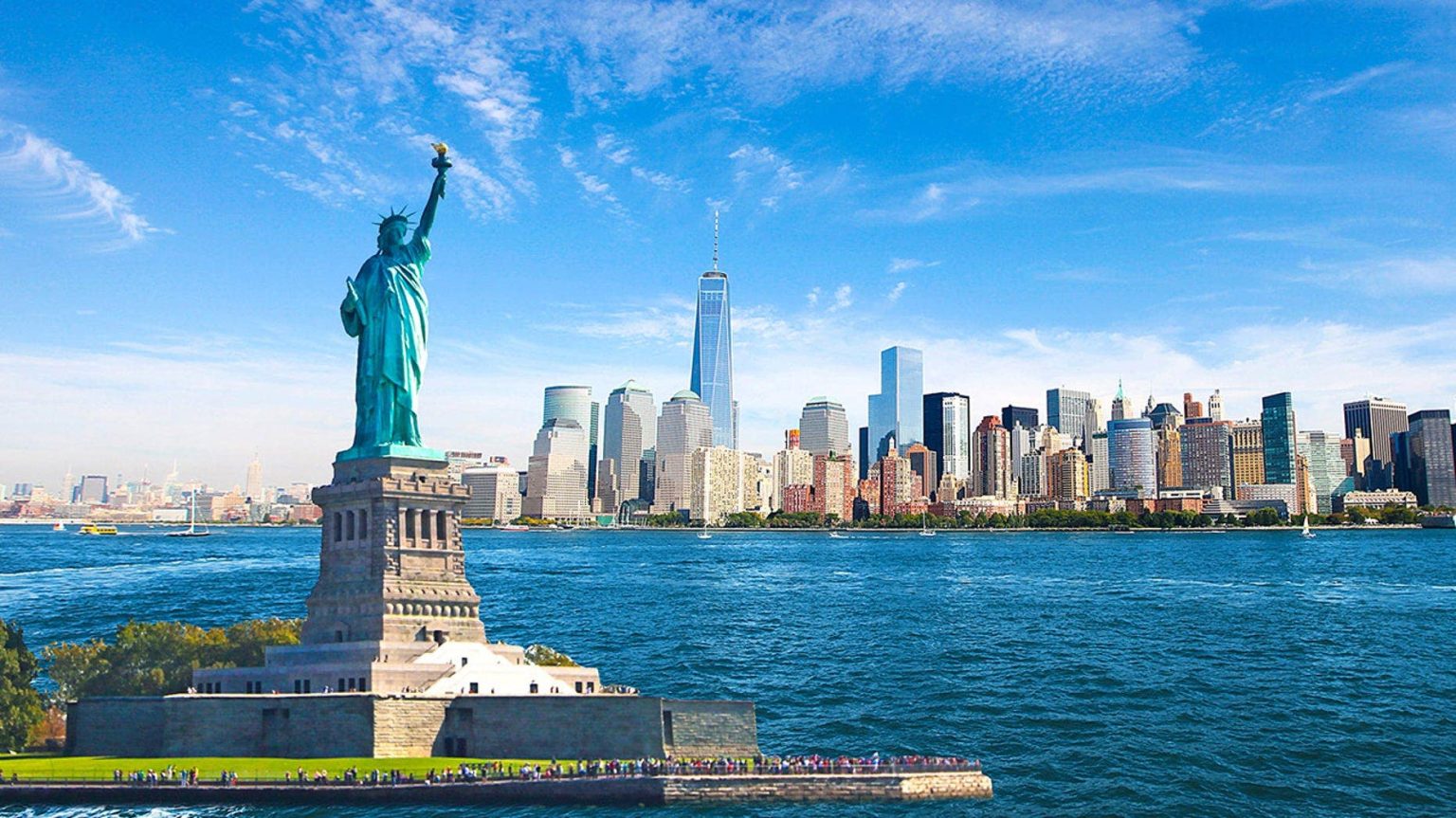The Statue of Liberty, a symbol of American ideals and exceptionalism, reopened on August 3, 2004, nearly three years after being closed to the public following the 9/11 attacks. The reopening ceremony was attended by then-Gov. George Pataki, NYC Mayor Michael Bloomberg, Secretary of the Interior Gale Norton, and other officials, sending a reassuring message to the world that freedom was alive in New York. However, the event took place amid concerns of terror attacks as New York City and other locations faced threats in the days leading up to the ceremony.
Originally a gift from the people of France, the Statue of Liberty opened to the public in 1886 and has a rich history of being periodically closed for various reasons. The iconic landmark was closed for two years in the mid-1980s for restoration work and shuttered for eight months after Superstorm Sandy in 2012. It also closed for four months at the start of the COVID-19 pandemic in 2020 before beginning a phased reopening in July of that year. The scaffolding around the statue became a pop-culture symbol in the 1980s and has been a subject of various restoration efforts throughout its history.
The interior metal framework of the Statue of Liberty was fabricated by Gustave Eiffel, known for his work on the Eiffel Tower in Paris. The statue’s torch, which was originally open to visitors, has been off-limits since the Black Tom explosion in 1916, where German spies sabotaged a barge in New York Harbor causing significant damage and killing four people. The explosion led to the closure of the torch to the public and it has remained accessible only to National Park Service officials in the years since the attack.
The reopening of the Statue of Liberty in 2004 was a momentous occasion that celebrated the resilience and spirit of freedom in the face of adversity. The ceremony included patriotic performances and speeches that highlighted the enduring significance of Lady Liberty as a beacon of hope and liberty. Despite concerns about potential terror threats, the decision to proceed with the reopening sent a powerful message that liberty cannot be intimidated and that freedom will continue to shine brightly.
The Statue of Liberty holds a special place in American history and culture as a symbol of freedom and democracy. Visitors from around the world have admired the statue for its iconic design and the values it represents. The reopening of the statue in 2004 after the 9/11 attacks served as a symbolic gesture of resilience and unity, demonstrating that even in the face of tragedy, the spirit of liberty endures. The ongoing preservation efforts and periodic closures of the statue underscore its importance as a national treasure that continues to inspire awe and admiration.
In conclusion, the reopening of the Statue of Liberty on August 3, 2004, marked a significant moment in American history as a symbol of freedom and resilience. Despite various closures throughout its history, the statue remains a powerful representation of American values and ideals. The torch, closed to the public after the Black Tom explosion in 1916, stands as a reminder of the enduring spirit of liberty and the sacrifices made to protect it. The reopening ceremony in 2004 served as a testament to the enduring legacy of the Statue of Liberty as a beacon of hope and freedom for generations to come.













